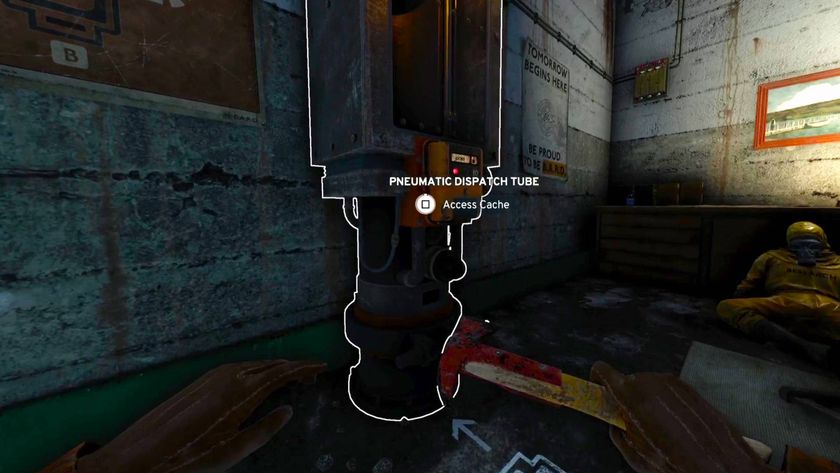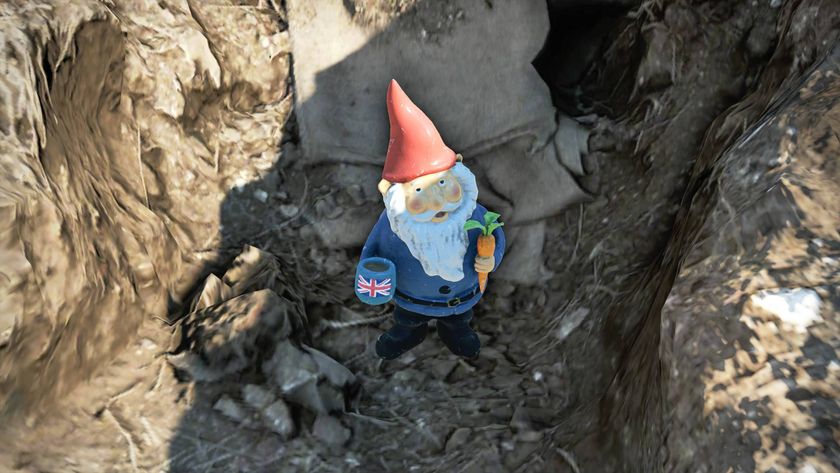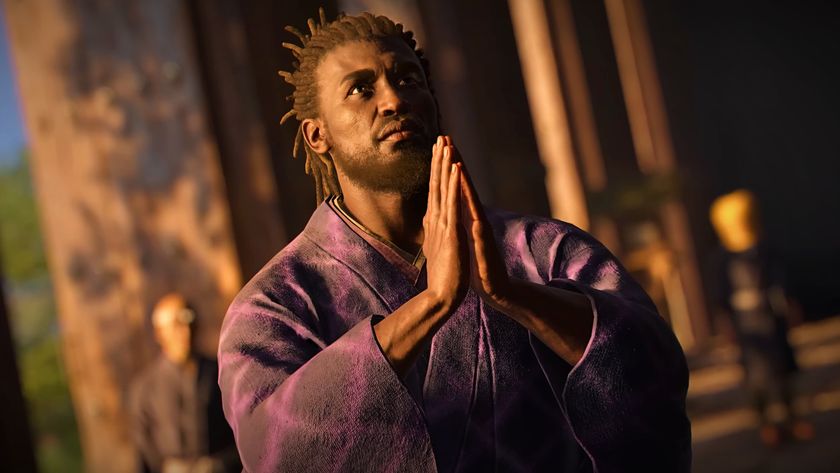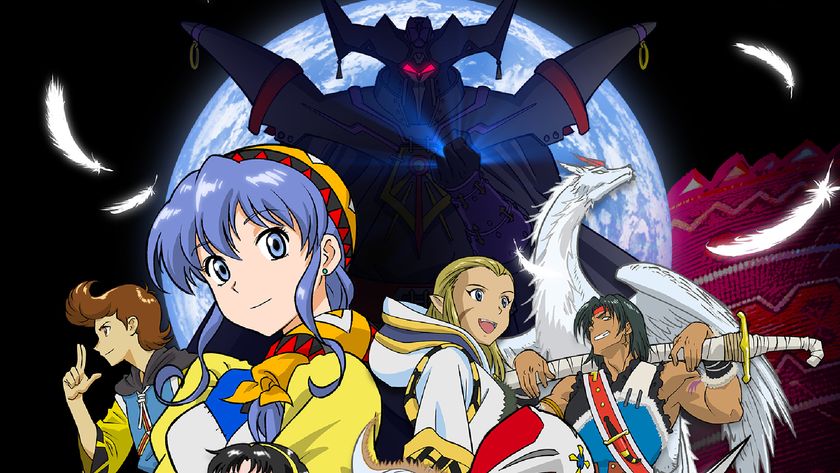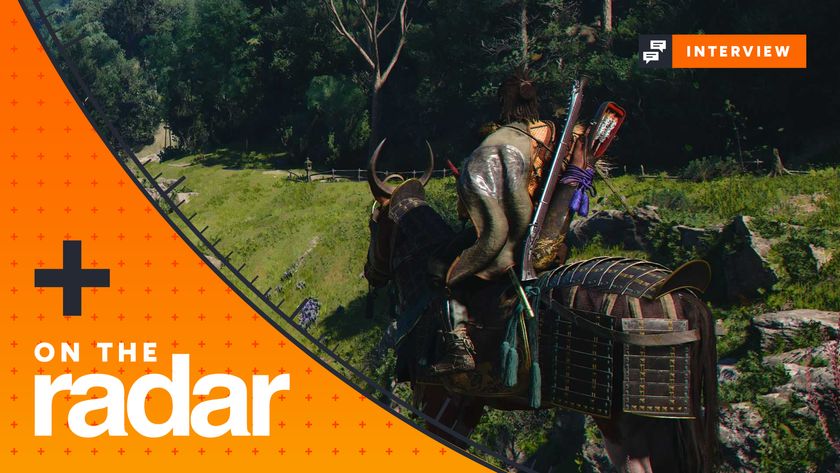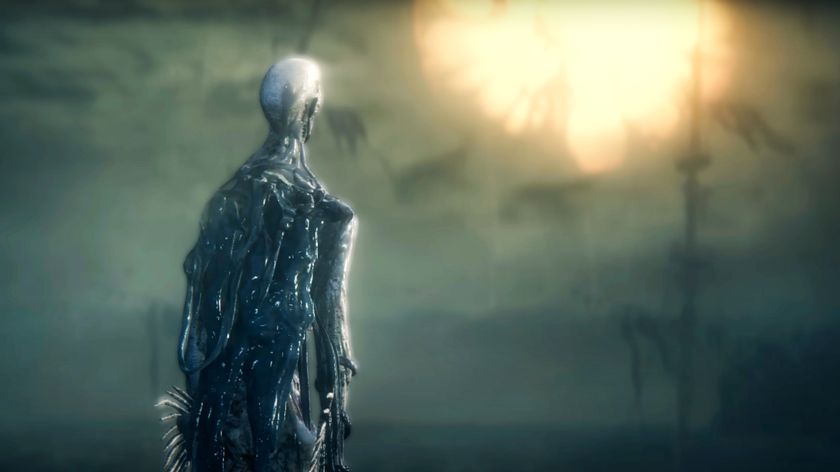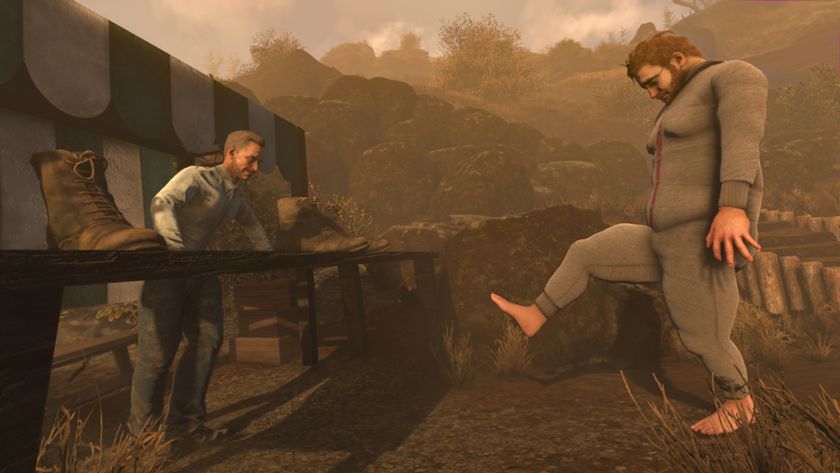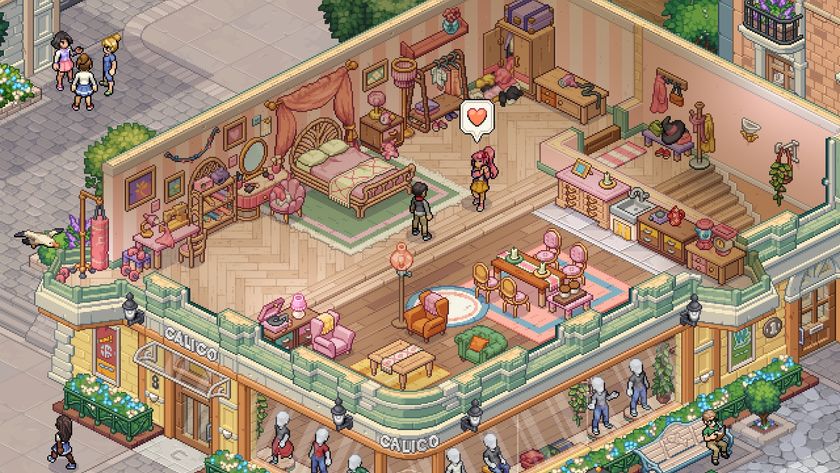After nearly 40 years of waiting, Atomfall is the Doctor Who game I've always wanted
Opinion | It's taken nearly 40 years, but I can finally rest easy
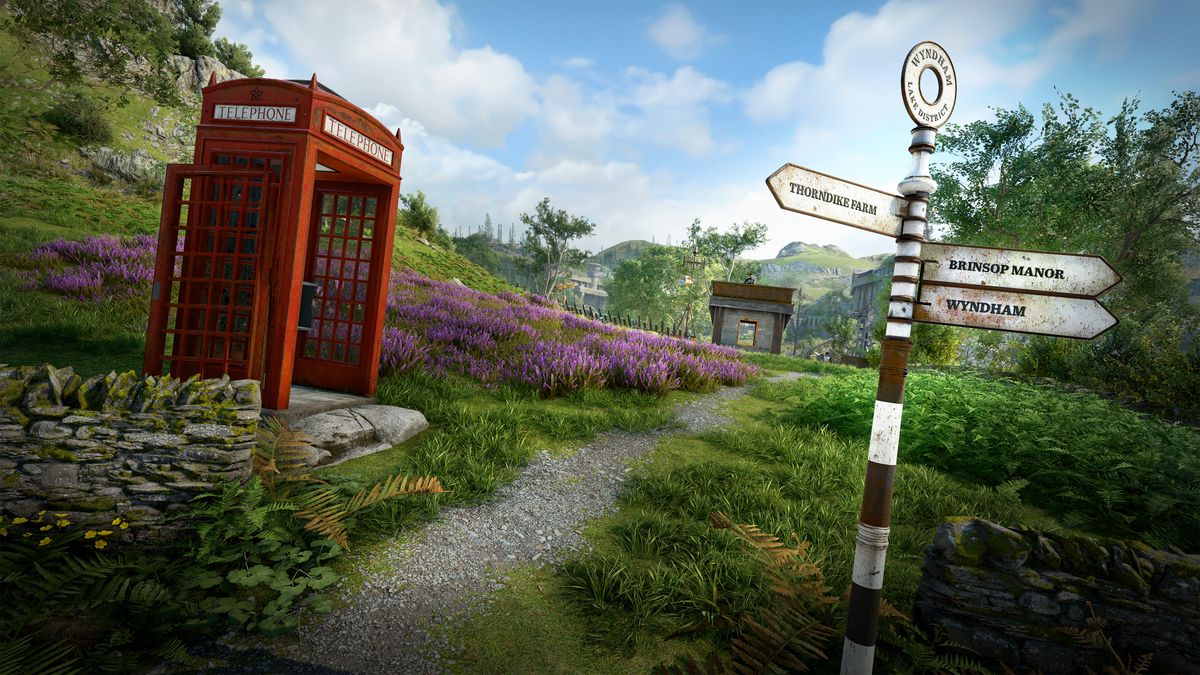
As an incredibly nerdy child growing up in the late 1970s (yes, I am ancient), I was obsessed with the Tom Baker-era Doctor Who. His incredible hair, his long scarf, his strange childish demeanor – these were all compelling elements. But it was his darker adventures that really gripped me, stories such as The Hand of Fear, The Talons of Weng-Chiang, and The Seeds Of Doom, which combined horror and sci-fi in fascinating ways, and crucially often took place in environments I recognized – British cities and villages, rugged coastlines, spooky woodlands.
At the same time, computer games were just beginning to take off and I was desperate for a decent Doctor Who adventure. In some ways, I'm still waiting. Though there have been some great point-and-click and puzzle titles (The Lonely Assassins, The Adventure Games) and one or two okay platformers, only 1997's Destiny of the Doctors got close to making the sort of immersive action game I'd always dreamed of - and it was, well, not great.
Then came Atomfall.
A trip back in time
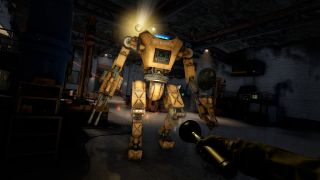
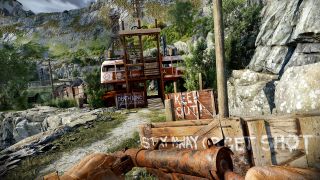
Atomfall review: "This isn't British Fallout – it's something much better than that"
Rebellion's sandbox sci-fi shooter is set in an alternate 1960s in which secret scientific experiments at the Windscale nuclear plant have led to a catastrophic meltdown. Five years later, that entire area of Cumbria is still quarantined, and strange societies of bandits and druids have formed, while surviving members of the military have fought to keep order. You enter this eerie world as an amnesiac who wakes up in a bunker with no idea what's going on – and what you slowly discover is that there's a dark secret lurking beneath the destroyed power station.
It's an intriguing set-up and it's always refreshing to encounter an apocalyptic game set in a very recognizable Britain – Resistance: Fall of Man and Everybody's Gone to the Rapture did a great job of this. But there is something especially exciting about Atomfall to a vintage sci-fi nerd like me: as soon as you emerge from the mysterious bunker at the opening of Atomfall, you are very much in 1970s Doctor Who country.
A quick history lesson: this was a decade of global recession, mass industrial unrest, war and oil crises; these terrifying factors led to the birth of the ecology movement and the rise of the hippy counterculture, which in turn, birthed a newfound interest in ancient religions, superstitions and rural folklore.
The Doctor Who writers of the era were definitely onboard. In the excellent Pertwee story The Daemons, an archeological dig to excavate an ancient burial mound in a village named Devil's End attracts the attention of a sinister local cult, while the Doctor believes the artifact is an alien spacecraft. In the atmospheric Baker story Image Of The Fendahl, an ancient crystal skull of unknown origin is unearthed in a remote village inhabited by a white witch. My personal favorite though was the extremely creepy Baker story The Stones Of Blood, in which a druid sect worships a circle of standing stones that may have extraterrestrial origin.
Sign up to the 12DOVE Newsletter
Weekly digests, tales from the communities you love, and more
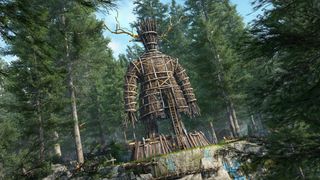
All these themes are brilliantly replicated in Atomfall. It has that same sense of the English countryside being somewhat out of time, sinister and supernaturally charged. As you wander Casterfell woods you hear the screeches of unseen animals; there are old churches and country mansions, most of them eerily abandoned. The game also combines an intriguing science fiction narrative about secret government experiments and odd alien flora, with an uncanny folk horror element – a group of villagers have formed a pagan cult that worships the soil and sacrifices strangers on burning pyres. Their broad regional accents and improvised ceremonial clothing took me straight back to those Saturday afternoons in the late 1970s, my whole family huddled together on the sofa waiting for that chilling Doctor Who theme tune to start.
The game is also brimming with characters that could easily come from 1970s Who episodes. The game's quiet rural village Wyndham is under the rule of a military unit named Protocol and its plummy-voiced commander officer, Captain Sims, is a dead-ringer for Brigadier Lethbridge-Stewart – the long-term grudging accomplice of Pertwee's Doctor. You also meet the excitable and brilliant scientist Joyce Tanner, who's doing her best to revive the government's secret communication equipment to get a message to the outside world. Intelligent and resourceful, she's a clear amalgam of 1970s companions like Romana, Sarah Jane and Professor Rumsford from The Stones Of Blood.
Even the silent lead character has elements of the Doctor – a stranger in a strange land who doesn't quite fit in, who arouses the suspicion and interest of locals, and who has to figure out what's going on from strange clues and ambiguous artefacts. Many of your dialogue options in the conversation system have a sardonic wilt to them, which definitely aligns with the Doctor's often idiosyncratic, playful personality. Most importantly, it is possible (though also extremely difficult) to finish the game without killing anyone, which ties in with the doctor's aversion to violence. I like that hostile characters will back away when you simply brandish a gun, giving you a few seconds to escape; and if you concentrate all your XP on the stealth skill tree, you can creep around mostly undetected. Also, as the loading screens often point out, running away is always an option.
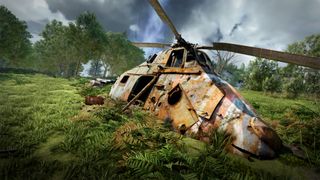
So yes, I have thoroughly enjoyed Atomfall as a sort of unofficial 1970s Doctor Who simulation, wandering its flooded quarries, exploring its subterranean tunnels, unearthing its weird otherworldly conspiracies, and encountering a lot of actors with strong regional accents, yelling "we don't know your intentions" while threatening me with farming implements. There are also so many references to the sci-fi and horror stories that influenced the Who writers. Atomfall is clearly inspired by the classic 1950s sci-fi TV serial Quatermass (alien objects buried in caverns below city streets) and the novels of John Wyndham (rural villages filled with sinister alien children and deadly giant plants).
I also hope that people who enjoy the game also seek out more of the folk horror that was contemporaneous with Baker and Pertwee Who. I see in Atomfall, the essence of The Wicker Man, as well as the unsettling 1970 TV play Robin Redbreast, the weird 1974 Alan Clarke drama Penda's Fen and the terrifying 1977 Children's serial, Children of the Stones – all of which are still available on DVD.
The Doctor Who of my childhood really shaped my understanding of the countryside and its secrets, and it inspired my lifelong fascination with folklore. Playing Atomfall has brought all that back to the surface, like algae on a dark woodland pond. Childhood me didn't realize he would have to wait almost 40 years for the game he pictured – I'm so glad it's finally here.
Keith Stuart is an experienced journalist and editor. While Keith's byline can often be found here at 12DOVE, where he writes about video games and the business that surrounds them, you'll most often find his words on how gaming intersects with technology and digital culture over at The Guardian. He's also the author of best-selling and critically acclaimed books, such as 'A Boy Made of Blocks', 'Days of Wonder', and 'The Frequency of Us'.
You must confirm your public display name before commenting
Please logout and then login again, you will then be prompted to enter your display name.
